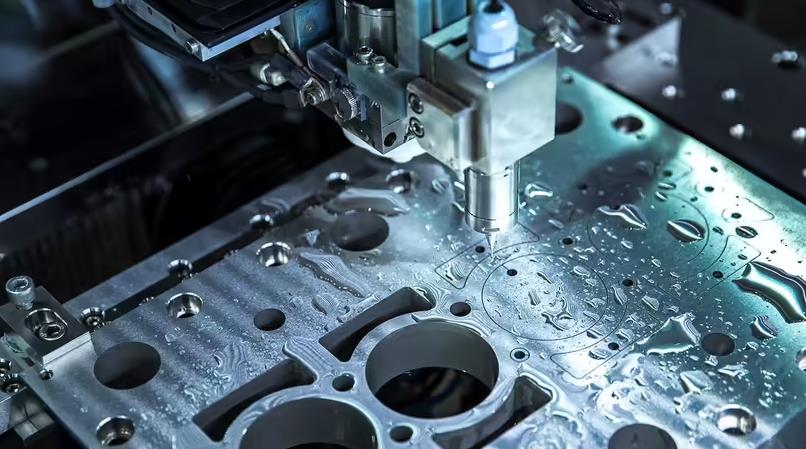- Apr 24, 2024
Die-casting is a process that uses high pressure to inject molten metal or alloy into a mold to form the desired shape. The die-cast parts are then subjected to subsequent processing processes such as deburring, grinding, and polishing to ultimately form high-precision, high-strength, and high-complexity components. metal parts. Die casting is widely used in home appliances, furniture, automobiles, electronics, machinery, aerospace and other fields.
Injection molding is a process that uses high temperature to inject plastic or thermoplastic rubber into a mold through a syringe to form the desired shape. It then undergoes subsequent processes such as cooling, demoulding, and burr removal to ultimately form high-quality, high-precision plastic parts. . Injection molding process is widely used in various fields such as electronics, household appliances, medical equipment, sports equipment, toys, etc.


Die-casting and injection molding are both very important production processes. The complementary development of the two can meet the needs of different industries for high-precision, high-strength, and high-complexity parts. Both die-casting and injection molding are inseparable from the support of molds. For these two processes, molds are a very important part. So what are the differences between die-casting and injection molding molds?
1. Different processes: Die-casting molds inject liquid metal material into the mold and pressurize it to flow to fill the mold cavity to form parts, while injection molds inject molten thermoplastic material into the mold and form the desired shape through cooling and solidification. plastic products.
2. Different materials: Die-casting molds are usually made of steel or other wear-resistant materials to withstand deformation at high temperatures and high pressures while ensuring the accuracy and surface quality of the parts produced. Injection molds are usually made of aluminum alloy, steel and other materials to reduce manufacturing costs and improve production efficiency.
3. Different structures: Die-casting molds usually require devices such as a lubrication system, a water spray system, and an extrusion system to be added to the mold to ensure the smooth progress of the die-casting process and avoid damage by hydrothermal pressure erosion. Injection molds generally do not have these systems, and only need to consider adjusting the injection speed and pressure to achieve production.
4. Different adaptability: Since die-casting molds need to withstand deformation at high temperatures and high pressures, they are only suitable for the production of workpieces made of high-strength materials such as metal, while injection molds are suitable for the production of various parts made of thermoplastic plastics.
5. Different manufacturing costs: The manufacturing cost of die-casting molds is usually slightly higher than that of injection molds because the materials used and processing difficulty are higher, and the production cycle is also longer. Injection molds are relatively low-cost to manufacture and have the advantages of fast manufacturing cycles and easy processing.
6. Different applicable fields: Die-casting molds are suitable for the production of parts in high-end industrial fields such as furniture, home appliances, automobiles, aviation, and electronics, while injection molds are suitable for parts in daily necessities, electronics, medical equipment, and other consumer goods and mid- to low-end industrial fields. .
7. Different properties: Die-cast parts have higher density and dense internal structure, so the strength, hardness and rigidity of die-cast products are higher than those of injection molded parts. At the same time, die-casting molds can produce more precise parts, and the post-processing costs of the products are also relatively low.
Die-casting molds and injection molds are quite different in terms of process, materials and structure, and the materials, shapes and properties of the parts produced are also different. Therefore, when companies choose molds, they should determine which mold to use based on the characteristics of the product and the process flow to obtain the best production results and quality.


